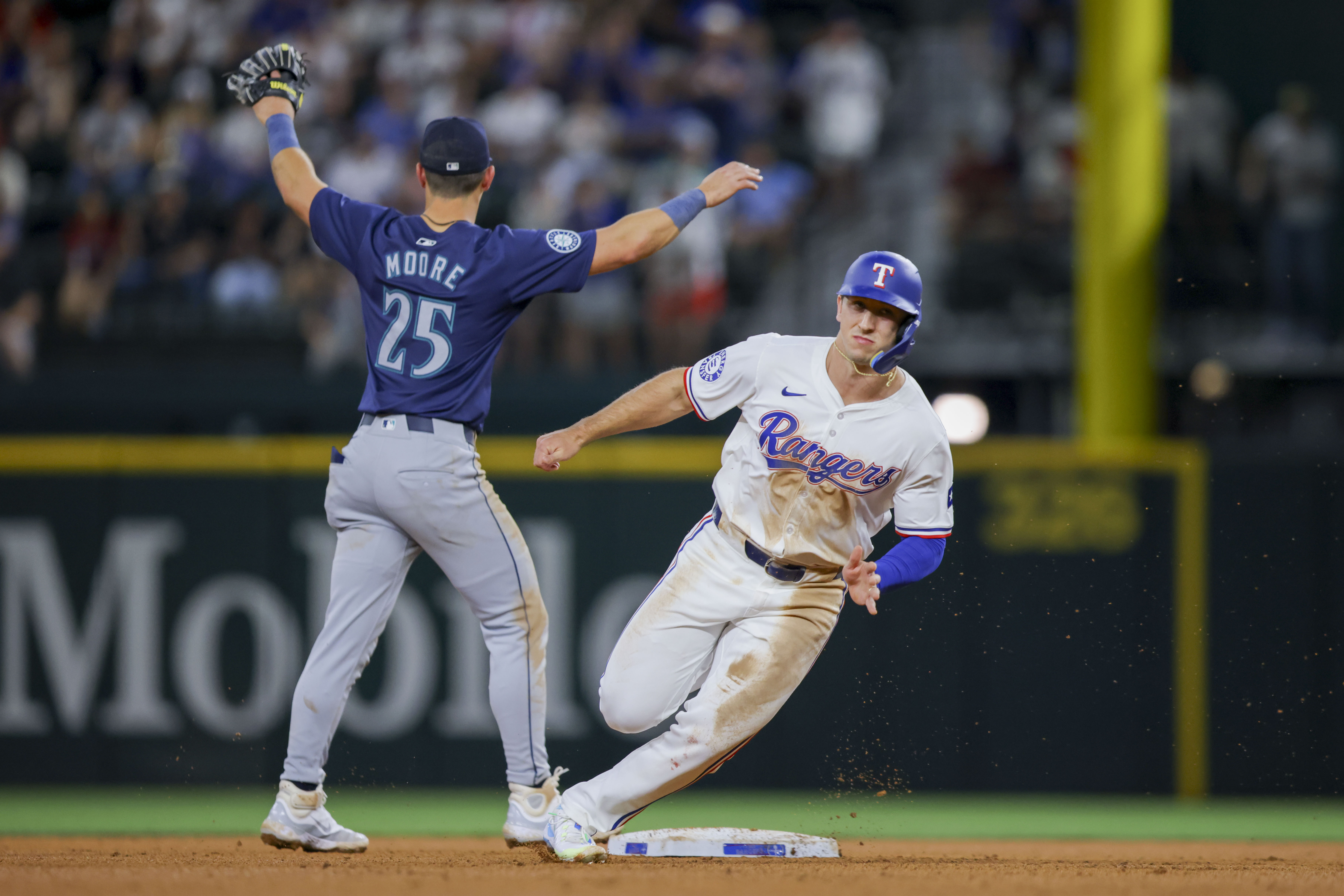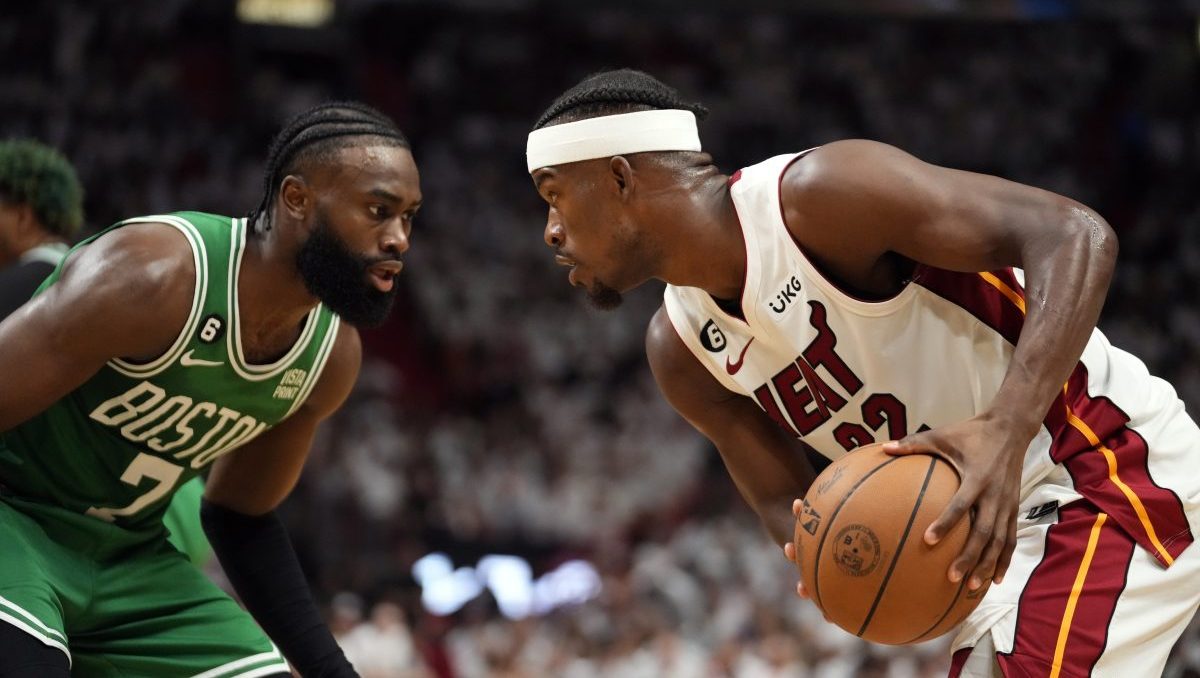Lance Armstrong scrapped his much-publicized plan to set up an independent drug-testing program on Wednesday because of high costs and nearly impossible logistics.
When the seven-time Tour de France winner announced his comeback, he said he wanted to prove he was clean by getting anti-doping expert Don Catlin to test him and post the results online.
But after months of negotiations, both sides realized the program wasn't workable this year. Instead, Armstrong is set to announce Thursday that he'll post test results from cycling's international federation and his own Astana cycling team on his Web site, www.livestrong.com
"It was going to be difficult," Catlin said. "There were so many issues in trying to get this going -- legal issues, financial issues, and we sort of tried every which way. Finally, it made more sense to put it aside for the moment and maybe take it up at another time."
Armstrong began his comeback last month in Australia. He'll race next in the Tour of California, which starts Saturday. He also has announced plans to ride in the Tour de France this summer.
Armstrong's lawyer, Bill Stapleton, said the cyclist has taken 16 out-of-competition tests; results from seven already are posted on the Web site. Armstrong's team is negotiating with the world and U.S. anti-doping agencies for access to other results.
The Catlin program would have been considered the gold standard for testing -- a regimen designed by the man widely regarded as the world's top authority on such tests.
Sports Connection
Connecting you to your favorite North Texas sports teams as well as sports news around the globe.
"But the program got really expensive, really complicated, trying to coordinate everything," Stapleton said.
News of the decision to scrap the plan first was reported by The New York Times.
Part of the problem in working out a deal with Catlin was the logistical issues of adding another round of tests to go with what was already in place.
"And we were having to figure out how to pay for it," Catlin said. "You're coordinating collectors ... doing all these things. It became a nightmare of logistic issues and also, when you're drawing blood, an athlete can rightfully complain if you take too much."
Though he never tested positive during his record-setting career, suspicions were always out there, which was one reason the 37-year-old cyclist went to Catlin to quiet the naysayers.
Catlin ran America's first anti-doping lab in UCLA for 25 years and left to set up the nonprofit Anti-Doping Research to develop new ways of catching drug cheats.
He is a proponent of performing baseline tests of athletes for a number of illegal substances, then comparing subsequent tests against the original results. It is widely considered a more accurate way of testing than the method most commonly used, but is also more expensive and time-intensive.
UCI has begun performing baseline tests. Under Catlin's program, Armstrong presumably would have been tested the same way -- but there were too many moving parts to make it work this year.
Armstrong bristled at an AP report last November, shortly before he was to begin training in earnest, that said the Web site he promised when he announced his return was nonexistent.
"It's a tough thing to organize, but we'll make it happen," he said.
He added that he stood ready to be tested every day. "Whether I'm in France or in LA, no one's trying to pull a fast one here," he said.



